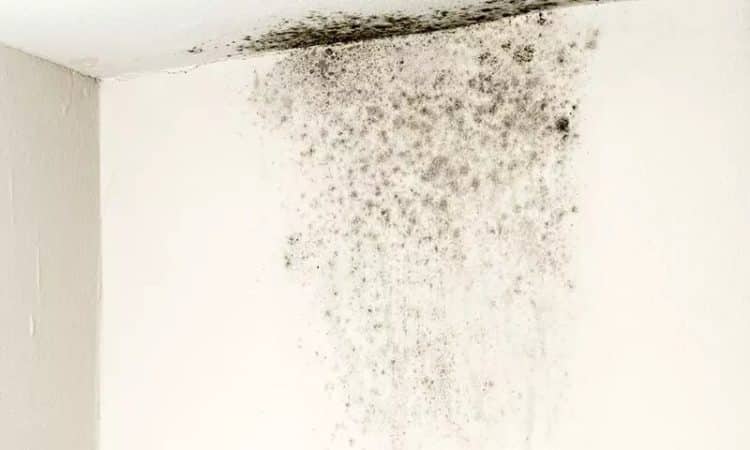
The homemade liquid that can be used to remove damp stains from walls.
Weather, thermal insulation failures and faults in the structure of the house are the three main reasons for the appearance of these stains.
Moisture is one of the most common problems that can occur at any time, something that can be considered unsightly and can also cause health problems.
To remove damp stains from walls you can prepare a homemade liquid using common ingredients. This is a simple recipe:
Ingredients
- 1 cup white vinegar
- 1 cup water
- 2 tablespoons of baking soda
- 10-15 drops of essential oil of t-tree (optional, but useful for its antifungal properties)
Instructions
Mix vinegar and water:in a bowl, mix one cup of white vinegar with one cup of water. Vinegar is excellent for cleaning stains and disinfecting surfaces.
Add baking soda:add two tablespoons of baking soda to the mixture. Baking soda is a natural cleaning agent that also helps neutralize odors.
Add tea tree essential oil:if you have t-tree essential oil, add 10-15 drops to the mixture. This oil has antifungal properties that can help prevent the growth of mold and mildew.
Usage
Apply the solution:spray the solution directly onto the wet spots on the wall. Be sure to cover the entire affected area.
Leave to act:allow the solution to act for at least 10-15 minutes to penetrate and disinfect the surface.
Rub the area:use a soft bristle brush or sponge to gently scrub the stain. Avoid scrubbing too hard so as not to damage the paint or wall.
Rinse and dry:after rubbing, rinse the area with clean water and dry with a clean cloth.
More recommendations
Identify and eliminate sources of moisture
The first thing to do is to identify potential sources of moisture in the home. Water leaks, leaking pipes, poor ventilation and areas prone to condensation are some of the most common causes of moisture in the walls. Once identified, steps should be taken to correct these problems.Repair any leaking or dripping pipes.Make sure the drainage system is working properly and provide good ventilation in areas such as bathrooms, kitchens, and laundry rooms.
Improve ventilation
Adequate ventilation is essential to prevent moisture buildup inside the home. The recommendation is to open windows and doors regularly to allow fresh air to circulate. Install ceiling or wall fans in moisture-prone areas, such as bathrooms and kitchens, to help exhaust damp air to the outdoors. Also,make sure your home’s vents are clean and free of obstructions to facilitate airflow.
Use dehumidifiers
Dehumidifiers are effective devices for reducing moisture levels in the air. These devices absorb moisture from the environment and help keep walls dry and free of mold and mildew.Place dehumidifiers in problem areas or in enclosed spaces with poor ventilation.Also, remember to regularly empty and clean the dehumidifier’s water tank to ensure its efficiency.

